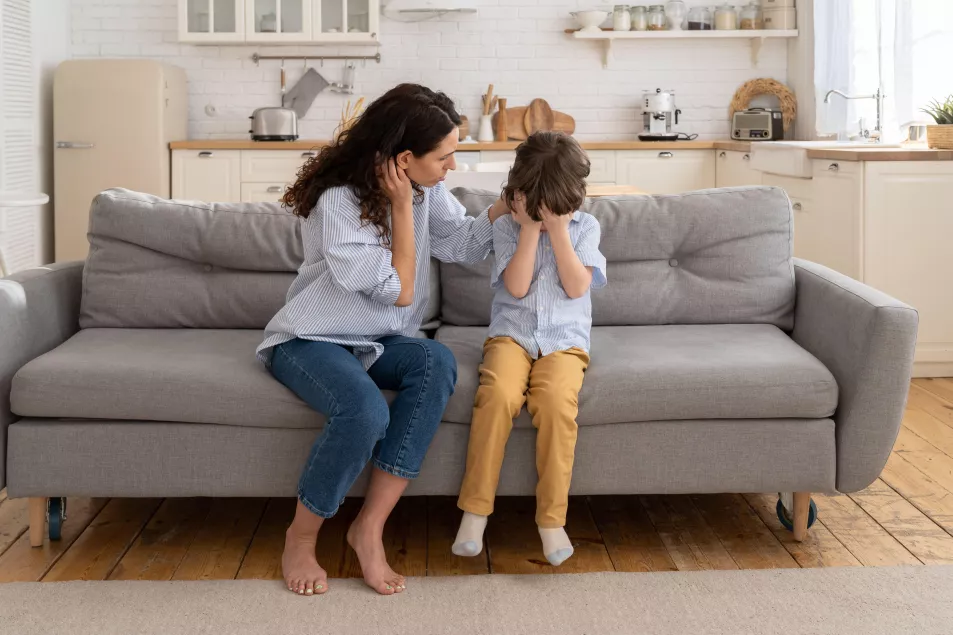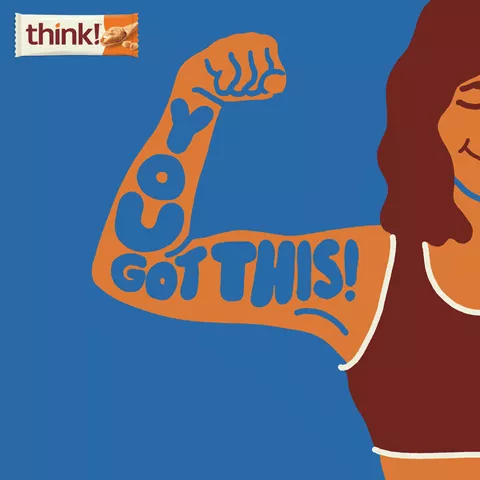Parents can’t always be there to protect their children and stop bullying. But what they can do is equip their kids to deal with it confidently.
Through strategies including how to be an upstander rather than a bystander, to dealing with mob mentality, psychotherapist Stella O’Malley explains how to give children the tools they need to feel empowered and able to handle bullies and dominant characters in her book Bully-Proof Kids.
Based on many years’ experience counselling both bullies and their targets, O’Malley also identifies effective ways for families to cope with bullying, including approaching school authorities and the bully’s parents, and tips to tackle cyberbullying.
View this post on Instagram
Advertisement
“While we may not always be able to completely stop bullying, if we can reduce the intensity, frequency, impact and negative fallout in the aftermath of bullying then this can make a significant difference to your child,” she says. “This is often perfectly good enough.
“In a fair world, our children wouldn’t have to deal with bullies and the perpetrator would be sufficiently punished in a way that would mean they’d never bully again. Sadly, we don’t live in a fair world and bullies are often let off the hook and feel free to target others with impunity.”
O’Malley stresses that reducing or stopping bullying often takes a lot of commitment and effort from parents. “This can be challenging, but in the long-run it’s worthwhile – it’s a gift for life for a child to learn how to deal with bullies and other tricky people.”

Bullying usually happens, she explains, because the bully feels inadequate in some way and feels more powerful by making their target feel inadequate, or simply because they’re seeking more power. “Perhaps they want to be ruler of the classroom and feel annoyed when everybody doesn’t fall into step with them and so, like a tyrant king, they go for the dissidents,” she suggests, explaining that parents need to figure out exactly what’s happening within the ‘bullying dynamic’ so they can help their children.
Once they’ve established why the bullying is happening, parents need to spot patterns of behaviour and communicate this to their child. “When the child is sufficiently equipped with the knowledge of why it’s happening – which part each child plays in the conflict, the patterns of when it’s worse and when it’s better – then they’ll have enough knowledge to anticipate the bullying behaviour and take pre-emptive action.”
Such action could be standing beside a teacher without saying anything, changing position in a queue so they’re not easily targeted, or perhaps using their interpersonal skills to distract the bully or gather potential upstanders to their side. “None of this is easy,” stresses O’Malley, “and it’s important for the parent to explain to the child that this is a campaign that’s worth fighting and they’re ready to stand by their side until they vanquish the bully together.”
Here, O’Malley outlines six practical ways to deal with bullying…
1. Make sure you know the full cast of characters
The bystander effect is a biggie if you want your kids to understand why their friends didn't stand up for them when they were bullied https://t.co/EizRN7msjf
— Stella O'Malley (@stellaomalley3) April 3, 2022
This means knowing who’s the bully and who are his/her sidekicks – “they’re often more vicious than the bully,” warns O’Malley. In addition, the bullying target and their parents need to identify the disengaged bystanders who have no idea what’s going on, the concerned bystanders who feel sorry for the target but are usually too fearful to do anything, and, most importantly, the potential upstanders – those willing to stand up to the bully. “Once your child knows who the potential upstanders are, they can make sure the upstander is aware of what’s happening,” says O’Malley.
2. Help your child become aware of bullying patterns
The bullying might be worse first thing in the morning, online, or maybe last thing at night, or the bully may be distracted during certain activities and doesn’t bully then. O’Malley says: “Your child needs to know when they feel most safe and when they feel most threatened so they can stand beside adults or upstanders when they begin to anticipate the bullying pattern.”
3. Teach your child to access their strong voice and body

A child’s ‘strong voice’ is a lower tone than their usual voice, and their ‘strong body’ means putting their shoulders back and feeling strength, says O’Malley. “This doesn’t mean they should necessarily fight back,” she explains, “more that they realise they have strength within them and can access it at any time.”
She says children and young people may need to practise saying ‘No’ and using their strong voice and body at home, as it’s not what they’re used to. “Sometimes the strongest thing to do is to say ‘no’ in a low tone and walk away. There are many ways to take the wind from a bully’s sails and it’s not always the obvious approach that works.”
4. Practise responses
Practise scenarios with your child where you play the role of the bully and they practise different responses to anticipated attacks. “This can be done in a light-hearted manner,” explains O’Malley, “so the child isn’t pumped up into believing this one retort will fix the situation – rather, a range of clever responses will be more likely to improve it.”
5. Teach your child good online behaviour
This can take a lot of monitoring and attention as few children know what to do when faced with an online “pile-on,” says O’Malley, who explains there are many ways to respond to online attacks, including blocking the bullies, informing online media platforms about the harassment, and telling parents of the more decent children what’s going on.
6. Build a support team
Children shouldn’t be left to suffer in silence with only their parents on their side, stresses O’Malley, who says parents can support children by reactivating old friendships and organising visits to relatives that know and love the child. “This takes the child out of the toxic environment and reminds them there are many people who value them,” she says.

Bully-Proof Kids by Stella O’Malley is published by Swift. Available now.







